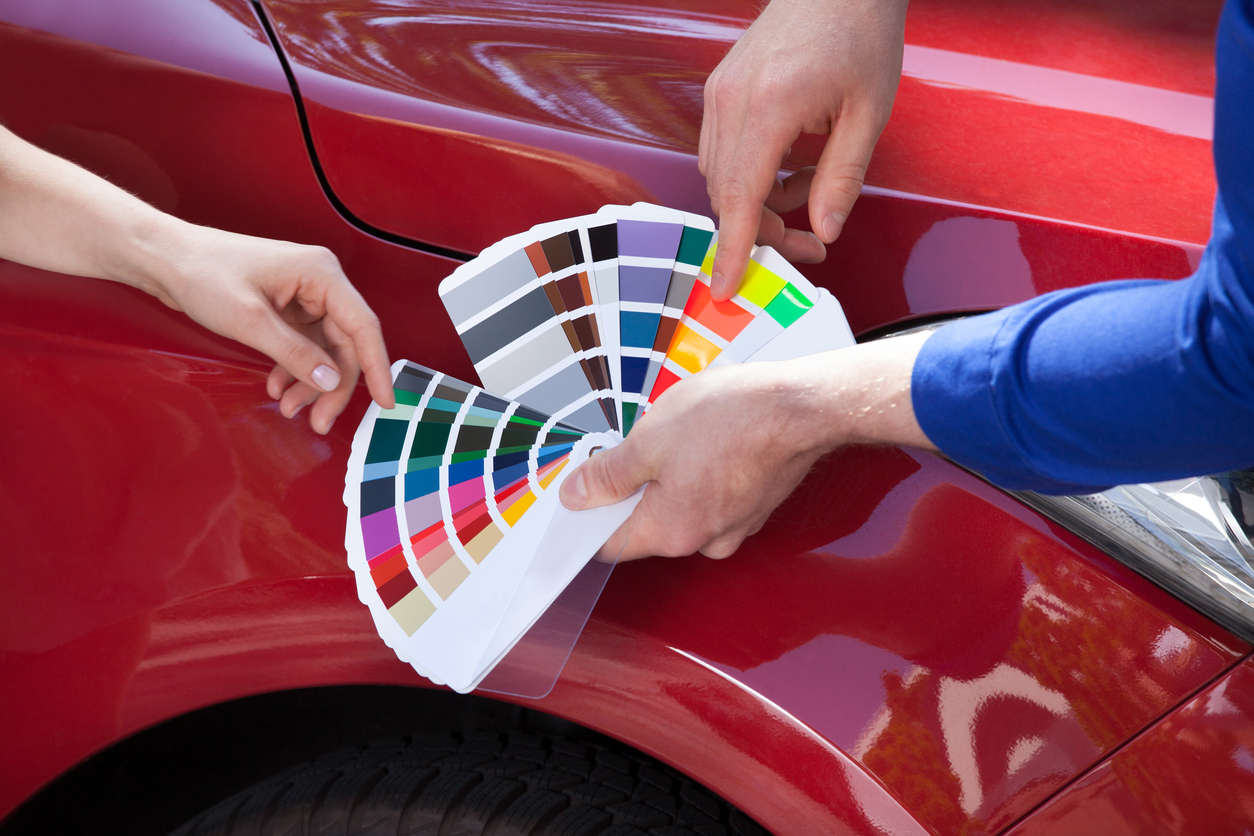
Believe it or not, the colors that you see on cars today are the result of a long and complicated history. In the early days of the automobile, there were only a handful of colors to choose from. But as technology progressed and society evolved, so too did the palette of available car colors. Today, there are literally thousands of colors to choose from. Here’s a brief history of how we got from there to here.
The first cars were available in black, white, and gray. Black was by far the most popular color because it didn’t show dirt and it was easy to keep clean. White was popular among rich people who wanted to show off their status. Gray was considered to be neither here nor there; it wasn’t flashy like white and it wasn’t as practical as black.
By the 1920s, cars were available in a wide range of colors, including green, blue, brown, and even red. But black continued to be the most popular color among car buyers. In fact, nearly 60% of all cars sold in the 1920s were black.
During the Great Depression, car sales plummeted and manufacturers began offering cars in a wider range of colors in an effort to boost sales. The most popular colors during this period were bright and cheerful shades like yellow and orange.
By the time the 1930s rolled around, metallic paint was all the rage. If you wanted to show that you were wealthy and could afford the latest trends, you’d slap some metallic paint on your car. It was a status symbol.
But it wasn’t just the rich who could get their hands on metallic paint. Companies soon began to realize that they could use aluminum flakes to produce the paint, which made it much more affordable. So even people who weren’t wealthy could have a car that shimmered and shone in the sun..
After World War II, car companies began offering more subdued colors like tan and beige. These colors were seen as more sophisticated and reflected the increased affluence of America’s middle class. By the 1950s, pastel colors like pink and mint green had become extremely popular among female car buyers.
In the 1960s, bright colors made a comeback as young people embraced psychedelic culture. This trend continued into the 1970s with the rise of disco culture. Common car colors during this period included gold, silver, and purple.
Today, there are literally thousands of car paint colors to choose from. You can find cars in every color under the sun, from traditional shades like black and white to more daring hues like candy apple red and neon green. And thanks to modern paint technologies, you can even get your car custom-painted to match your favorite sports team or alma mater’s colors. No matter what your taste may be, there’s sure to be a car paint color that’s just right for you.
From the earliest days of the automobile up until today, car paint colors have come a long way. What started out as a limited palette has now exploded into a veritable rainbow of hues. So whether you’re looking for something traditional or something that will make your car really stand out from the crowd, there’s sure to be a color that’s just right for you. Thanks for reading!







